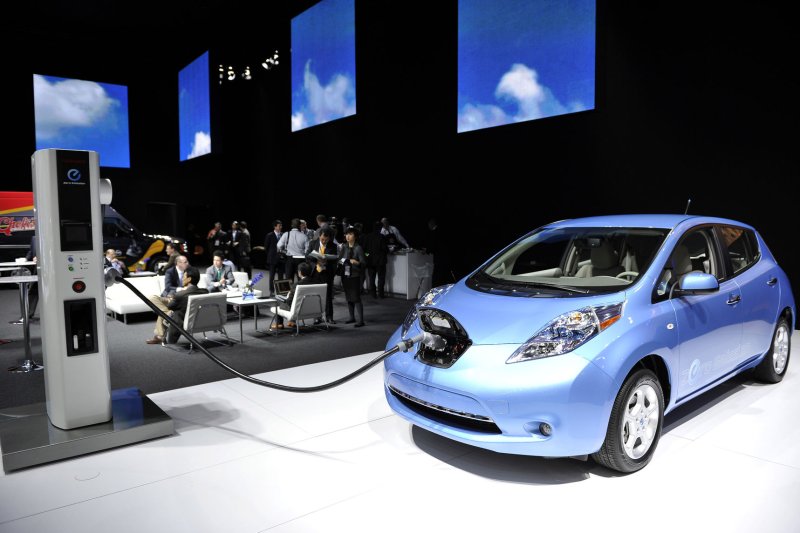Electric vehicle sales expanded globally, though a report from the International Energy Agency found cost may be a prohibiting factor for continued expansion. File photo by Brian Kersey/UPI. |
License Photo
June 7 (UPI) -- The number of electric vehicles on the roads across the globe continues to expand, though incentives are needed to drive costs lower, a report found.
The International Energy Agency reported in an annual review that 2 million electric vehicles were on the road last year, though three markets -- China, the European Union and the United States -- accounted for more than 90 percent of that total.
Fleet gains were reported in several major cities by the IEA. Paris, the city for which the major international climate treaty is named, has expanded its charging station program, while four cities in the West Coast U.S. market have adopted electric vehicles for their fleet of public vehicles like police cruisers.
In 2015, the IEA reported that a third of the global sales in electric vehicles took place in 14 cities.
"Cities are taking leadership roles in encouraging EV adoption, often because of concerns about air quality," the report read.
On the national level, China was the largest market for electric vehicles last year, accounting for more than 40 percent of global sales. European countries, for their part, are taking up the slack, with Norway claiming the largest national market share with 29 percent electric vehicles.
On the low-end, the IEA estimates the number of electric vehicles on the road will at least quadruple globally by 2020, though cost remains a prohibiting factor to further deployment. Based on 2016 figures, however, they make up 0.2 percent of the total market and have a ways to go before they start to make a dent on greenhouse gas emission from the transportation sector.
"Despite impressive improvements in costs and energy density over the past decade, battery packs are still expensive, driving up retail prices," the report read.
Consumers may be more drawn to factors beyond fuel efficiency. A May report from JATO Dynamics, which provides data for the automotive industry, found sport-utility vehicles were top sellers in the first quarter of the year, with sales up about 15 percent year-on-year
The Ford F-series of pick-up trucks lead the pack. The 2017 model year for the Ford F-150 reported 21 miles per gallon, against the 100-plus for a full-electric Nissan Leaf.















